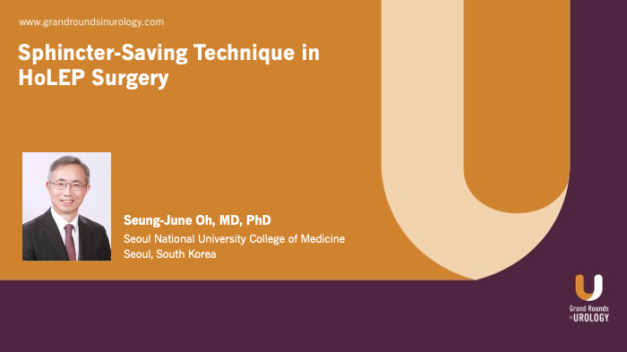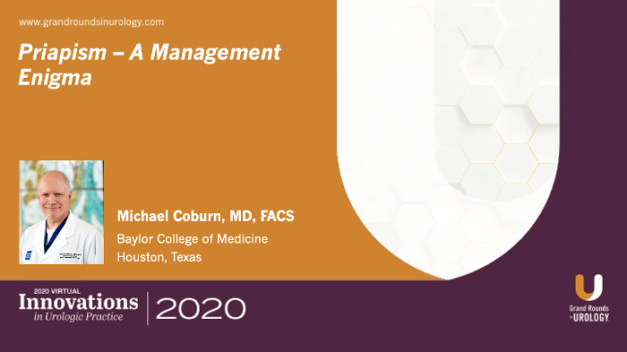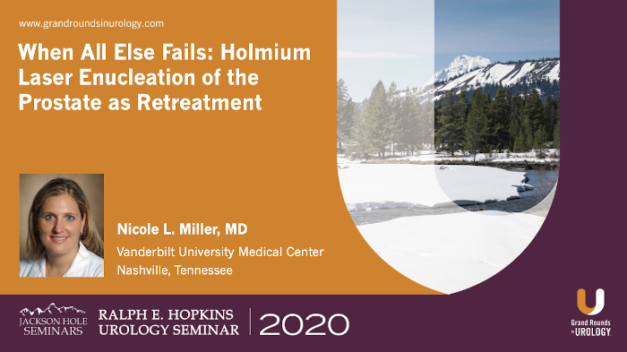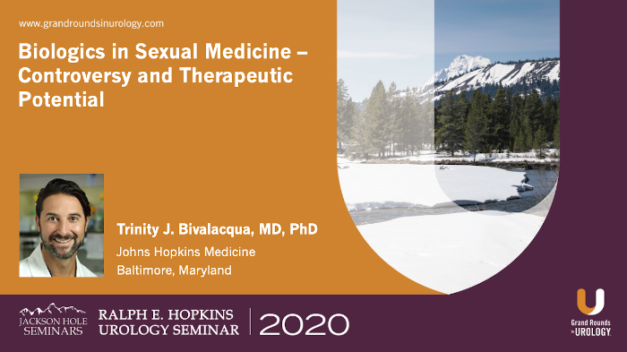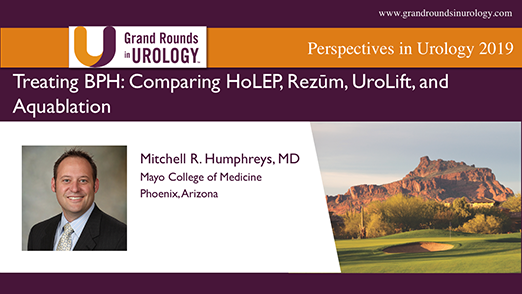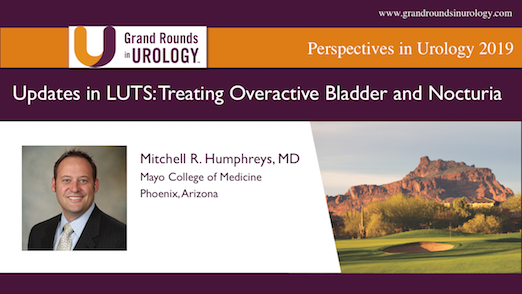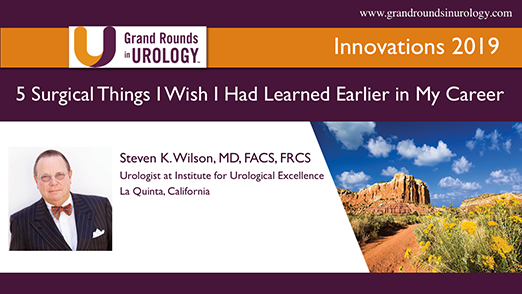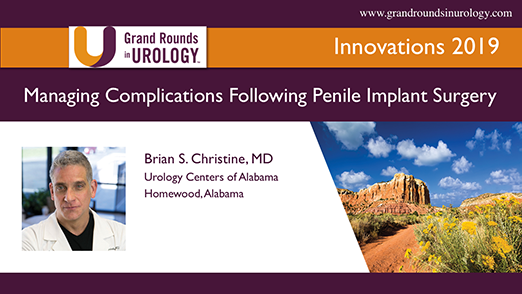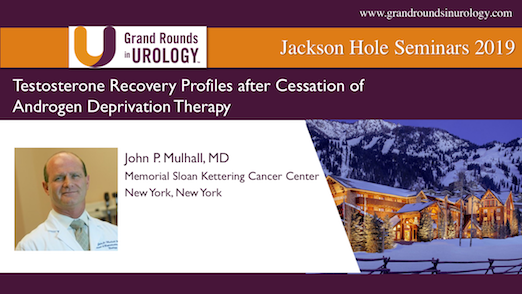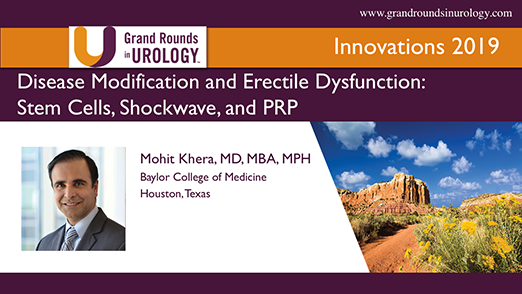Sphincter-Saving Technique in HoLEP Surgery
As part of Grand Rounds in Urology’s ongoing series highlighting urologists working in Asia, Seung-June Oh, MD, PhD, Professor of Urology at Seoul National University in Seoul, South Korea, explains and demonstrates his sphincter-saving technique for holmium laser enucleation of the prostate (HoLEP) surgery. After an introduction by Peter K.F. Chiu, MD, PhD, FRCSEd, Dr. Oh goes over the benefits and difficulties of HoLEP for benign prostatic hyperplasia, emphasizing the problems of post-operative urinary incontinence. He then goes over strategies for maximally preserving the continence mechanism during HoLEP and introduces his Early Inverted V-shaped Apical Mucosal (EVAMI) Technique before showing footage of a routine HoLEP surgery. The presentation concludes with a question and answer session led by Dr. Chiu.
Read More
